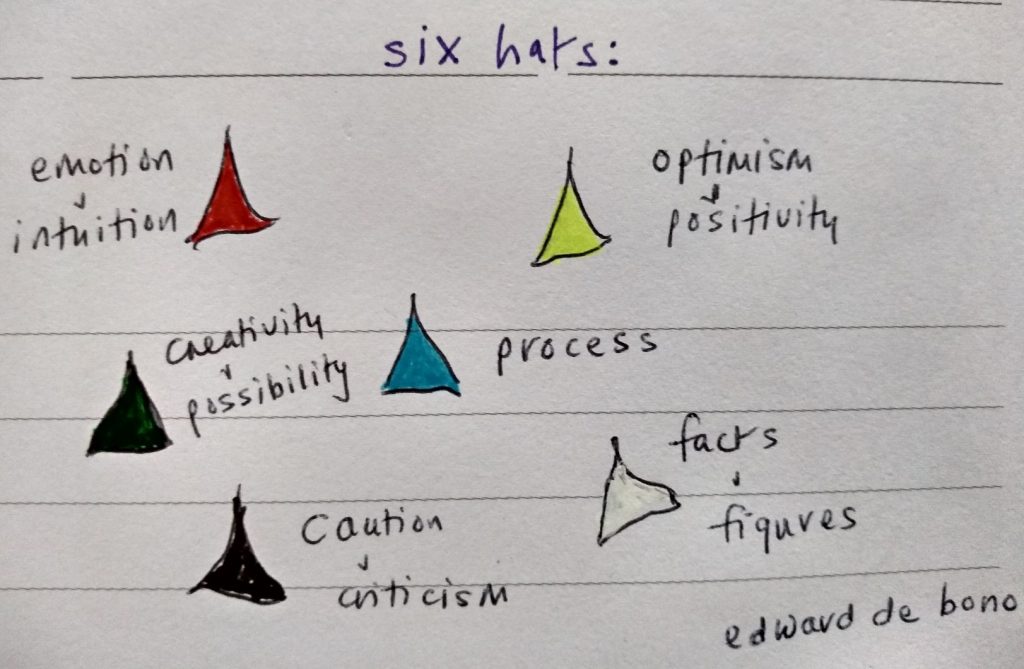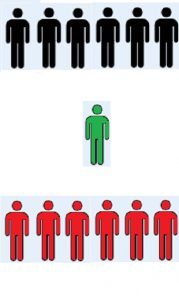A talk about the Middle Way, both in Buddhism and as a universal principle, delivered to a Buddhist audience on a hot day in the context of a camping retreat at Buddhafield.
Category Archives: Video
Susan Averbach on the Jewish Middle Way
Here’s a lovely talk given by Susan Averbach for an online celebration of the Jewish festival of Shavuot with the International Institute of Secular Humanistic Judaism. It begins with Tyler Perry’s speech about the Middle Way at the Oscars, includes a brief introduction to the Middle Way in general, some extracts about ‘Living Room Conversations’ that offer a way to put the Middle Way into action, and some reflections for Jewish practices that may support the Middle Way.
Relaunch of the Middle Way Network
From 25th April 2021 we will be relaunching our Middle Way Network with autonomous groups, separate talks, and a new website for communication.
New arrangements will be finalized in the meeting on 25th April, which will be the final one for the main meeting of the Network in its current form. If you’re involved in the Network, please get in touch with other people in your region to help agree the best arrangements for meetings before then. If you would like to join, this is a good point to do so – please fill in the form on this page. If you no longer want to be involved, please let us know.
The new sister website for network communication will be found at middlewaysociety.net. Please contact Vijaya (vijaya at middlewaysociety.org) for an early login to help test out and develop the new site.
Parallel thinking and six hats
In a recent middle way group discussing consequential ethics, we wondered how groups with diverse beliefs, ethics and approaches can work together to make effective decisions that account for a wide range of conditions, whilst at the same time avoiding conflict and argument?
Many thinkers have considered this problem and we might gain from looking at their ideas. One that came to my mind was Edward de Bono’s process of “Parallel thinking” which aims to enable groups to reach decisions as efficiently and effectively as possible, by considering the situation from several different perspectives and avoiding an adversarial framework.
For those unfamiliar with the idea, parallel thinking uses the metaphor of “six thinking hats” each of which represents a mode of thinking.

De Bono categorises the thinking modes as follows:
- Blue – Overview and process
- White – Information, facts and figures: What do we know, or need to know?
- Black – Caution and criticism: What are the risks we want to avoid?
- Yellow – Optimism and positivity
- Green – Creativity and possibilities
- Red – Emotion and intuition: What is our gut instinct?
To begin the process one person can take the role of facilitator – guiding the process – wearing the “blue hat”. The group then works together through each of the modes in turn, ensuring everyone is coming at the problem from the same direction (in parallel) at the same time. Hopefully, in this way, we might avoid an adversarial situation, where one person with a positive perspective on an idea might argue with someone with a negative view – often to little effect.
Individually, we can use this thinking process when seeking to integrate our our own judgements and actions in the context of complex conditions. We might consider “trying on the hats” to see which we habitually use. Then perhaps we could try on a hat we are less attracted to to gain a better perspective.
Here’s a short film explaining how the process can be used in practice:
Have you used this process in groups or individually?
What other thinking processes do you find useful in making judgements?
Network Stimulus 8: Agnosticism
The next main meeting of the Middle Way Network will be on Sun 30th August at 7pm UK time on Zoom. This is the fourth of the series looking successively at five principles of the Middle Way (scepticism, provisionality, incrementality, agnosticism and integration), followed by three levels of practice (desire, meaning and belief).
There’ll be a short talk on agnosticism, followed by questions and discussion in regionalised breakout groups. Some other regionalised groups will meet at other times. If you’re interested in joining us but are not already part of the Network, please see the general Network page to sign up. To catch up on the previous session, on incrementality, please see this post.
There is already a short introductory video (9 mins) on agnosticism as part of Middle Way Philosophy, which is embedded below. You might like to watch this for an initial orientation before the session.
Here is the video of the actual network talk, followed by Q&A:
Agnosticism
Agnosticism is an aspect of Middle Way practice that is interdependent with scepticism, provisionality and incrementality, but involves the distinctive challenge of decisively resisting absolute beliefs on both sides. Once we recognise that we ‘don’t know’ and can’t know anything perfect or infinite, the challenge is that of not being either unnerved or seduced by those with absolute beliefs who will constantly try to either dismiss or appropriate any kind of Middle Way position. These absolute beliefs may be about God, or about a whole range of other claims of infinite scope. Resisting these absolute beliefs requires having confidence in our embodied experience as a basis of judgement, as well as the application of critical thinking skills.
Agnosticism, like scepticism, has been much misunderstood and straw-manned by many philosophers and theologians, who then influence others’ views of it. It has been unfairly associated with indecisiveness, when it actually requires a good deal of decisiveness. It has been appropriated by those on both sides, who use its arguments, but then over-extend them into a claim that it positively supports their own absolute position. Agnosticism about God’s existence has also often been appropriated by atheists, who conflate the mere failure to believe in an absolute with belief in the opposite, often by redefining the terms in a way that tries to make any Middle Way unthinkable.
Alongside the avoidance of belief in absolute claims, we can maintain even-handedness by also having a full acceptance of their meaning. This means that we can engage as fully as we wish with the archetypal power of absolute ideas, or of the images and concepts associated with them, as we encounter them in experience. In our attitude to religious traditions, a Middle Way thus allows us to combine a resolute agnosticism with a practical appreciation of all the valuable inspiration and practical guidance that can be found in these traditions. A further video exploring the distinction between absolute belief and archetypal meaning can be found here.
Some suggested reflection questions:
- What are the absolute beliefs that you need to be most decisive in remaining agnostic about?
- Are there some negative absolute beliefs you may hold that you need to separate from agnostic ones?
- Have you experienced the difference between strong and weak agnostic positions?
- Do absolute beliefs remain meaningful to you even when you avoid belief in them? How could you make them meaningful if they aren’t?
Suggested further reading:
Truth on the Edge chapter 2
Middle Way Philosophy I: 1e: Distinguishing Negative Metaphysics from Agnosticism
The Buddha’s Middle Way: 3.f: Agnosticism: The Elephant and the Snake

